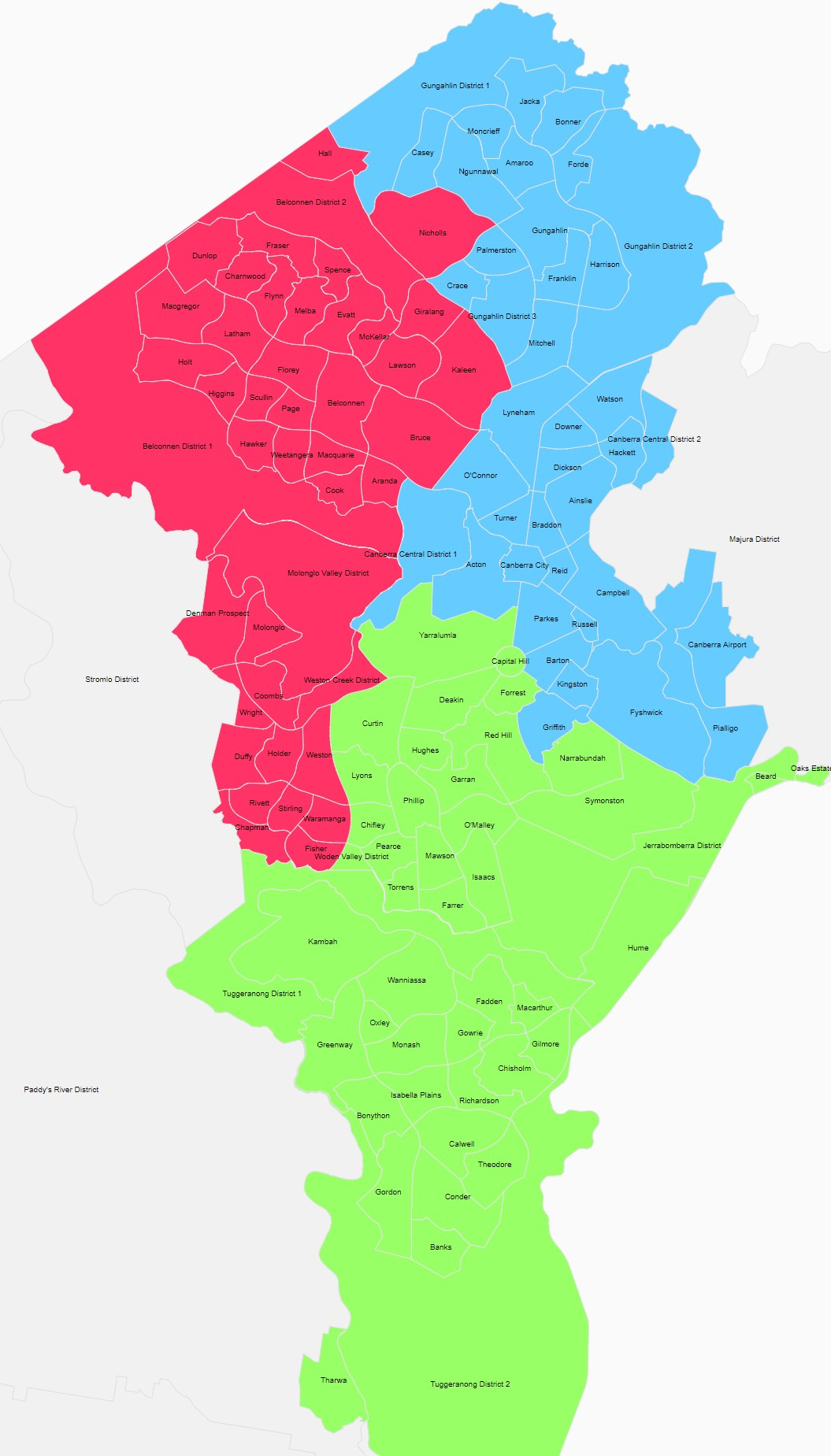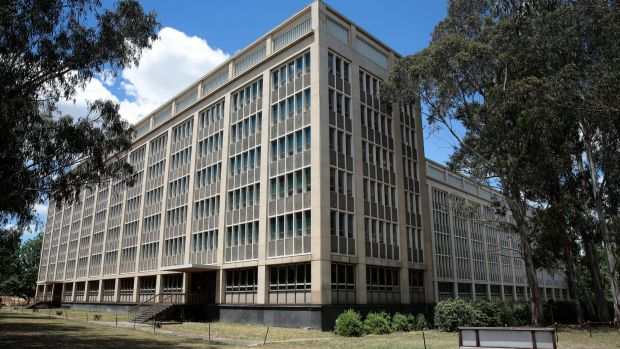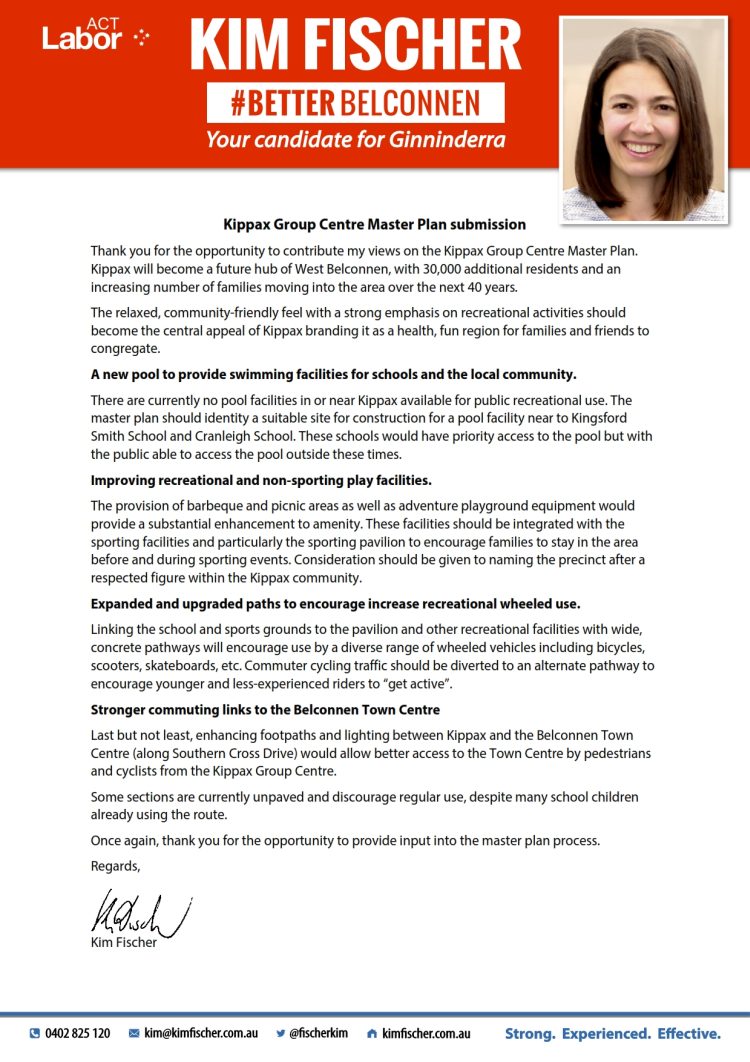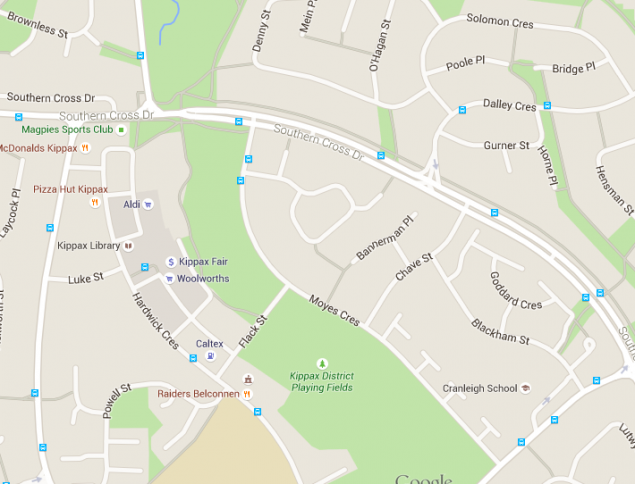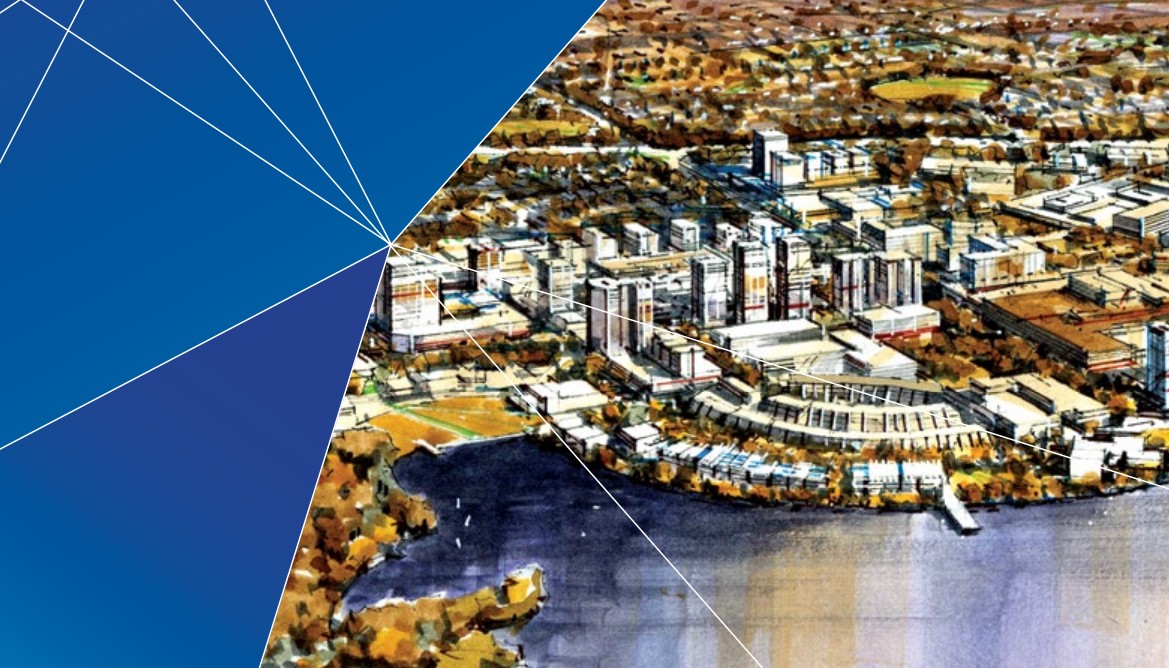The current draft of the National Capital Plan is a disgrace. It exposes the lie that the Commonwealth has granted the ACT meaningful self-determination over the land within its borders.
With just a few strokes of a pen by the National Capital Authority and with no input from the ACT Government, the 701 hectare CSIRO Ginninderra site located between Fraser and Crace will have its zoning changed from “hills, ridges and buffer space” to “urban area”.
The CSIRO wants to develop an estimated 5000 to 10,000 residences on this site. Since the site is National Land, the NCA will have sole authority over whether the development proceeds.
The NCA does not have to seek approval from the ACT Government or reference the Territory Plan. It does not have to align with the ACT’s planned land release program or environmental standards. It can literally write its own planning rulebook.
At a recent information session, a CSIRO general manager made a big deal of its voluntary consultation with residents and the ACT Government. It’s clear where the power lies. Issues such as the cost of upgrading roads and infrastructure can be ignored at the whim of the CSIRO and the NCA.
To be fair, the CSIRO has good intentions, wanting to build a little city based on their scientists’ ideas of best practice while profiting from it. It’s just unfortunate that current legislation allows them to do this while completely ignoring democratic rights in the ACT.
We’ve been through this story before. In 2005, the Commonwealth unilaterally approved development of office accommodation and goods retailing facilities at the airport – now known as Brindabella Park and Majura Park. For many years afterward, people were forced to commute to these sites on roads lacking capacity and without suitable public transport options.
The situation also parallels the Immigration and Border Protection mega-precinct wanted by Secretary Mike Pezzullo, who ignored local impacts because he could. The good news is that a sustained campaign by local politicians and Belconnen residents has led to the Department of Finance requiring an assessment of local impact before any major accommodation changes for public servants take place.
The NCA serves an ongoing and important role in our national capital, ensuring that “the Commonwealth’s national capital interests in the Territory are fully protected, without otherwise involving the Commonwealth in matters that should be the prerogative of the Canberra community”.
But 25 years after self-government, there is no possible justification for the NCA to be responsible for approving plans for residential property development at a site 14km away from Parliament House in the heart of suburban Canberra.
In fact the NCA’s entire justification for changing the zoning to Urban Area in the National Capital Plan is, and I quote, that the “CSIRO requested this change”.
It would be laughable if the consequences were not so significant.
Most people understand that areas of the ACT with “special characteristics of the National Capital” are set aside as so-called Designated Areas under the control of the NCA. Commonly viewed by overseas visiting politicians and dignitaries, these areas include the Parliamentary Triangle, Lake Burley Griffin, connections from Parliament to the airport and the main approach routes to Canberra.
However, fewer people know that the Commonwealth may also declare any area of the ACT to be needed for Commonwealth use. Once this happens, the area becomes National Land and is no longer under the jurisdiction of the ACT government.
The problem is there is no obligation to ever return planning control over National Land to the Territory. National Land status should only exist on land actively used for Commonwealth purposes. Once land is surplus to requirements, Territory planning laws should automatically take effect again (although naturally the Commonwealth would retain ownership). Anything else denies ACT residents the right to have the Territory Government they elect managing their affairs.
During the consultation phase on the draft National Capital Plan, the NCA can still enable informed debate by publishing a full list and diagram of National Land areas. ACT residents deserve to know this much.
It is wrong to assume the interests of the Commonwealth will never align with the interests of the ACT Government and Canberra community. Departments and agencies are just following the rules as they currently exist. However, after 25 years of self-government a thorough review of National Land arrangements needs to take place to ensure the best interests of everyone concerned.
